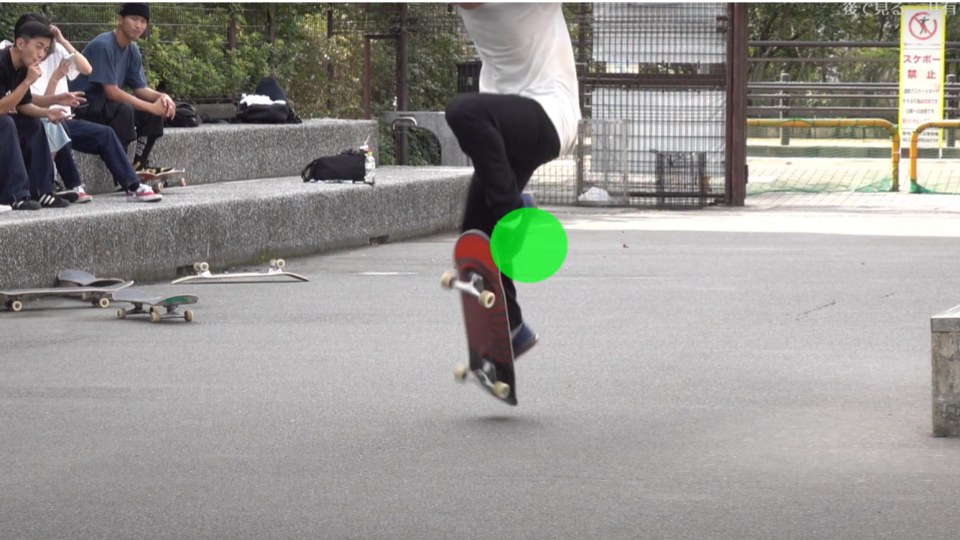Why else causes my board to spin?
Too much pop and flick may do.
Why does the kickflip spin backside? In the previous video, we classified the spinning problem's symptoms and elements that could cause the spin.
This time, we'll discuss how flicking or popping too hard affects the issue.
Summary
There are two types of the spinning problem.
The spinning problem can be classified into two types: "the varial flip" type and "the backside flip" type.
Overpop may cause the "varial flip-type" problem.
By unnecessarily popping the tail (=overpopping), your board's nose may hold too much energy that your front foot cannot offset by sliding and flicking. The board's force must find a way to disperse, leading to a varial flip rotation.
Overflick may cause the "backside flip-type" problem.
Regardless how far your front foot stops after flicking, you must bring it back on your deck. Getting it back on your deck may rotate your whole body if it goes too far from your board.
Previously
Conclusions so far
In the previous post, we concluded that the foot placement or the angle of the shoulders are not direct reasons your board spins.
Instead, placing the back foot in the pocket may cause your shoulders to open, which further may cause your body axis to lean to the toe side by shifting your weight to the toe side.
And the weight distribution is the most significant cause of the spinning problem. By leaning toward your toe side, even when you try to pop straight down, you will wind up swinging your backfoot to the heel side, which eventually spins the board backside.
The image on the right describes the board pops up straight even by popping in the pocket of the tail.
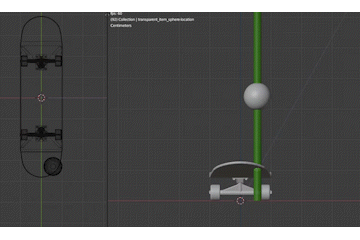
Overpop Effect
What is overpop?
Overpop is when you pop excessively hard.
In the previous post, we learned overpopping makes it harder to flick your front foot. It conveys too much energy to the tail and gives the nose too much force to go up that your front foot cannot offset by sliding and flicking. I also pointed out this could be why you feel your board is heavy to flick.
Generally, you consume a significant portion of the energy by sliding up your front foot. But the excess force may remain when you pop too hard even after sliding your front foot up to the nose. And the problem is that the energy does not disappear by itself. It needs to go somewhere.
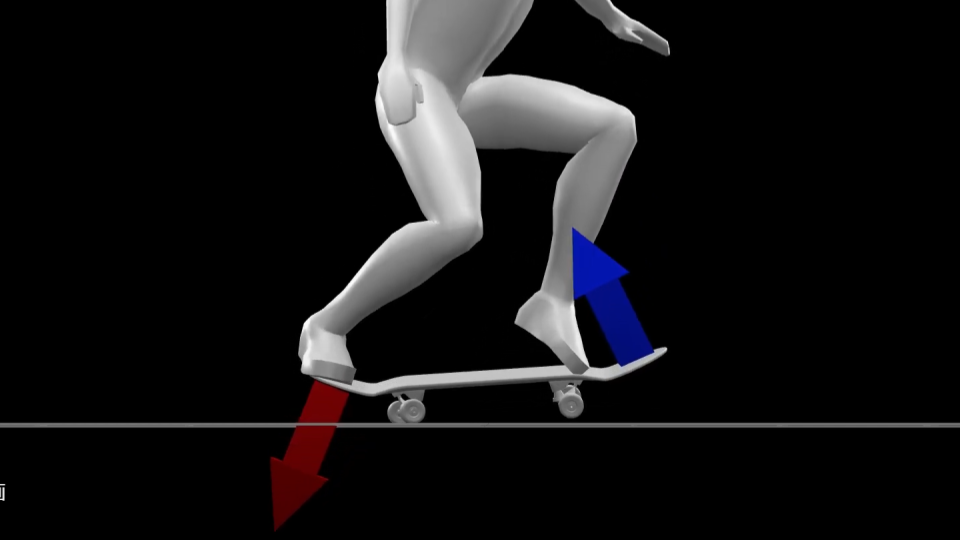
How the excess energy could spin your board
If the nose has an unnecessarily strong force, it will still try to move in the same direction beyond where the front foot usually flicks. Since nothing is blocking the nose's toe side, it can continue the same movement.
On the other hand, your front foot stops the heel side of the nose, and the force cannot escape upward. This inequality of energy of your board spins your board.
Pop just as hard as it needs to prevent this. In other words, your board must lose the upward momentum when its nose reaches where your front foot flicks it.
And to do this, you want to understand the difference between jumping and popping. Use your thighs first to raise your body and pop the tail with your calves. Please read more information about it from here.
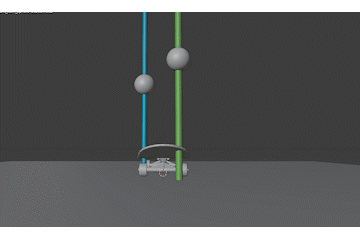
Overflick
What is overflick and what happens if you do?
It is when you flick your front foot harder than needed while your board can flip with less energy.
Let's see what it does according to the timeline.
- When you flick, your front foot goes to the side of your board and usually stops somewhere close to it. By flicking the side of the nose, your board opens up to the heel side.
- After your front foot finishes the flicking motion, you have to bring it back on your deck. Doing so rotates your whole body around its center of gravity and closes your board to the toe side (clockwise if you are regular).
Keeping the forces of opening/closing energy equal is essential to direct your board in the same direction as before popping. In other words, "the energy to open your board to the heel side by flicking" and "the energy to bring your front foot back on your deck" must be the same.
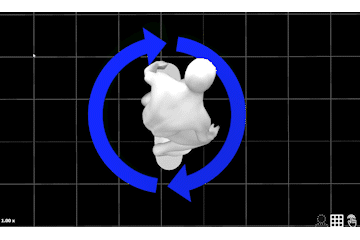
Comparison with an ordinary flick and an overflick
As you overflick, your front foot will move further away from your board. Then you must move it for a longer distance than usual to bring it back on your deck, which requires more energy. With such power, your body continues to rotate in the same direction even after catching your board due to the law of inertia.
Note
Opening shoulders itself is not a cause of the spinning problem. Sometimes it even helps some people to keep their flick compact and close to their board.
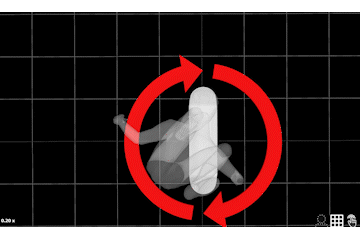
Recommendation & Practice
I recommend envisioning where you should stop flicking before popping the tail. It helps you keep your flick compact and avoid unnecessarily extending your front foot. Try flicking while getting off your board. It helps you focus on the motion of the flick by being able to land on the ground safely.
To learn more, please check out the previous content about overflick.
